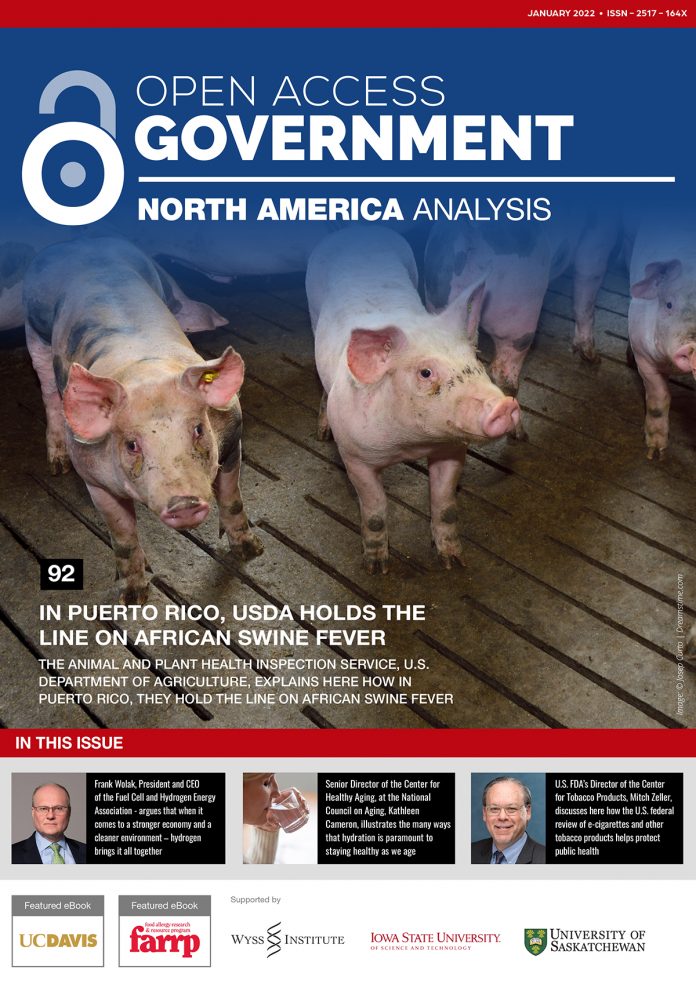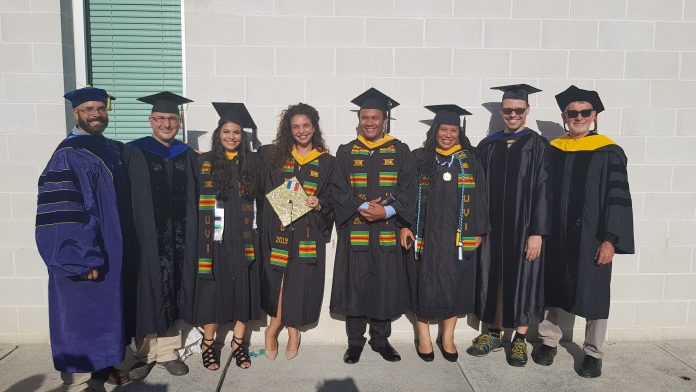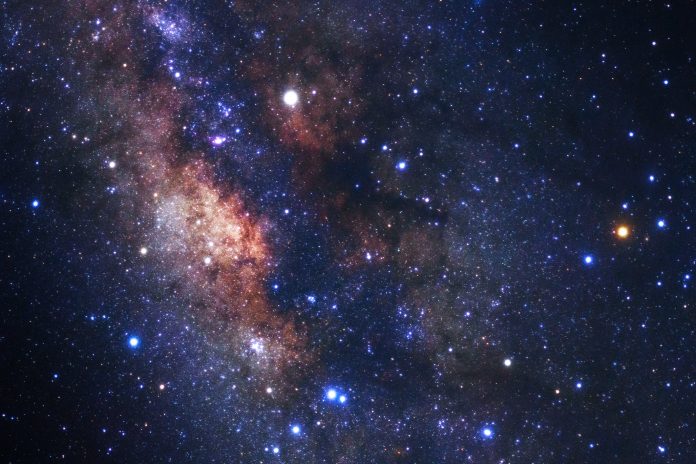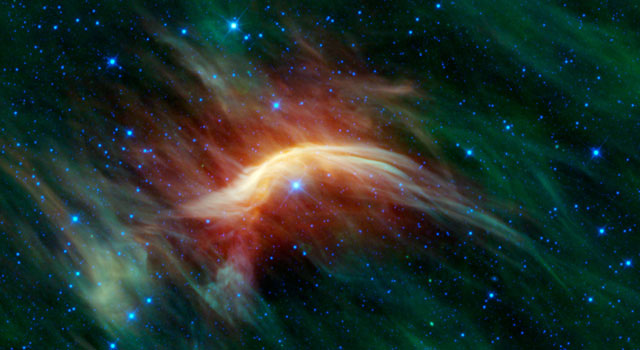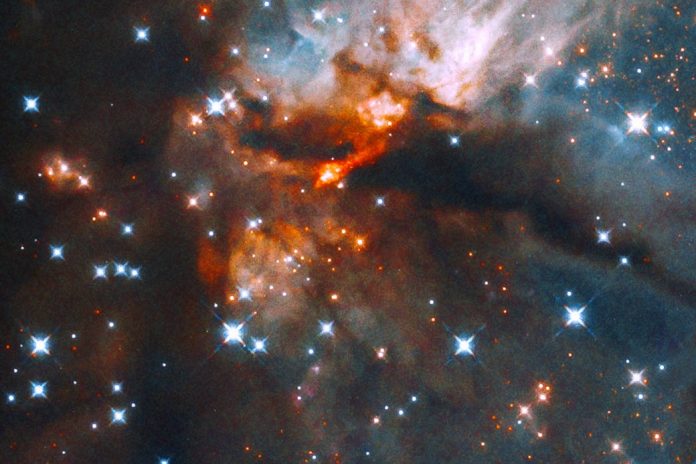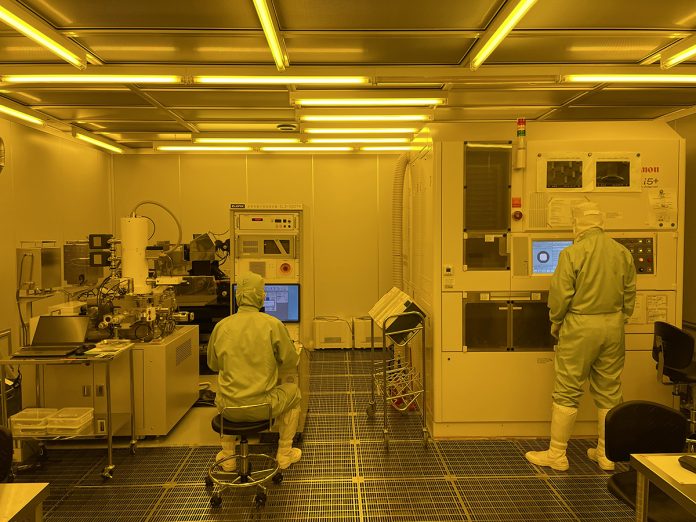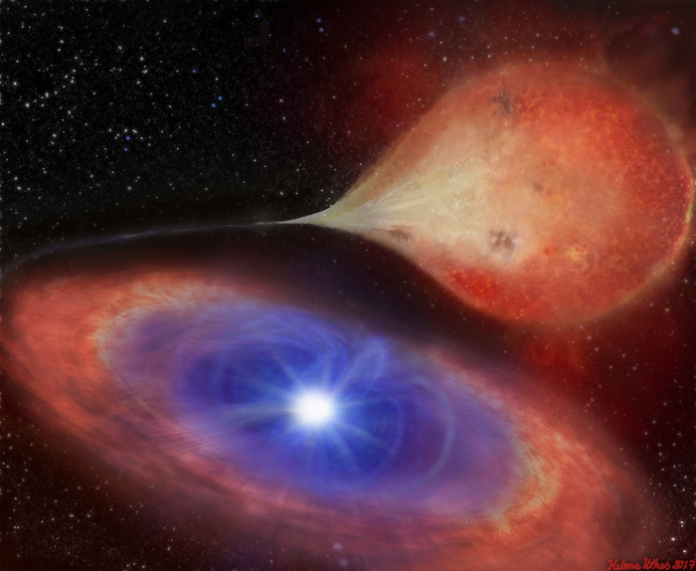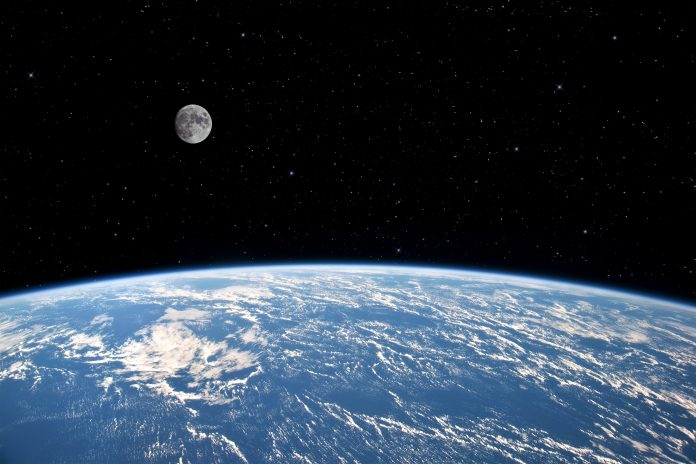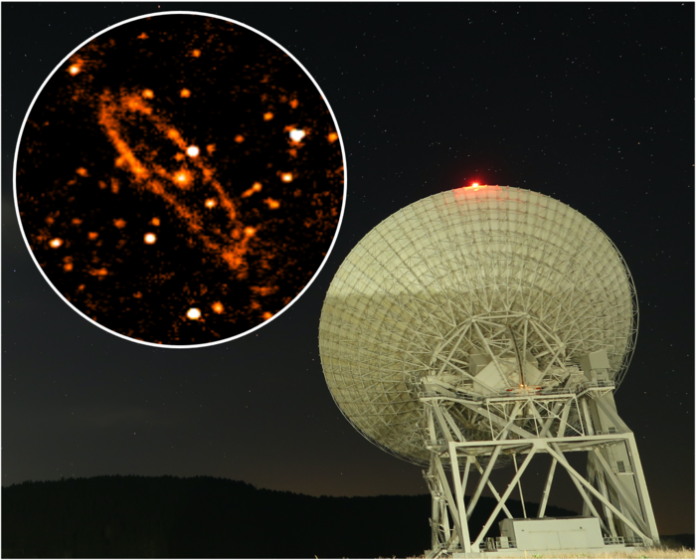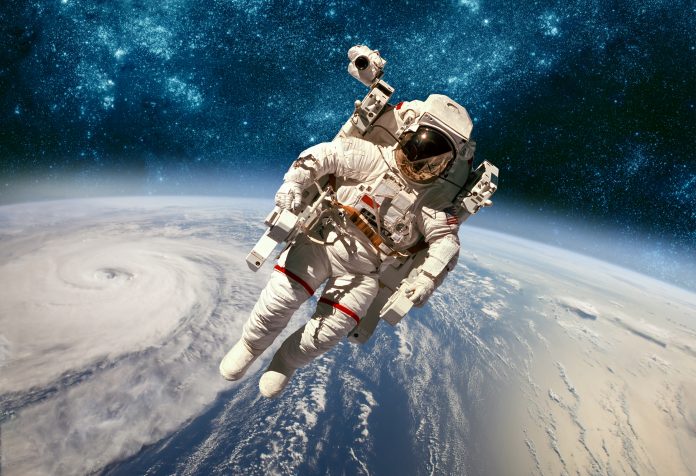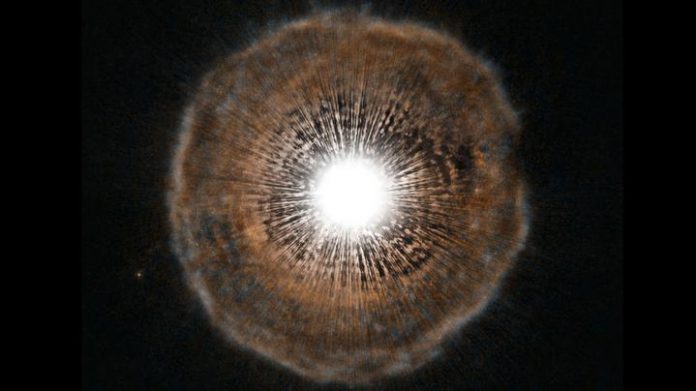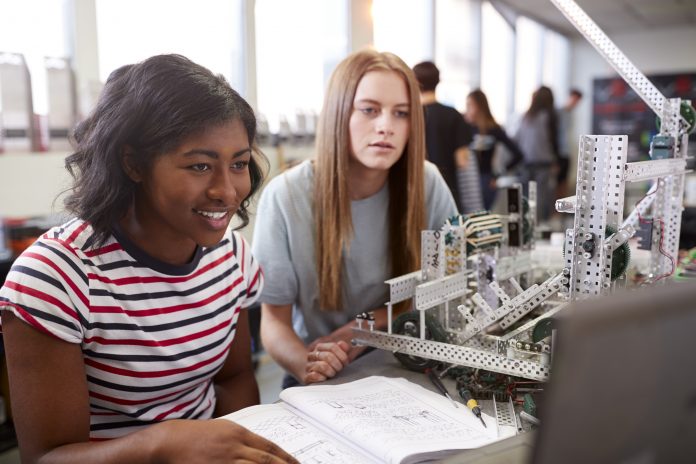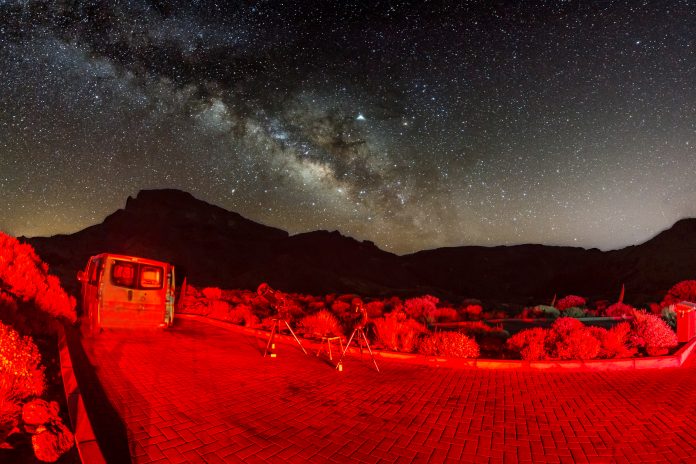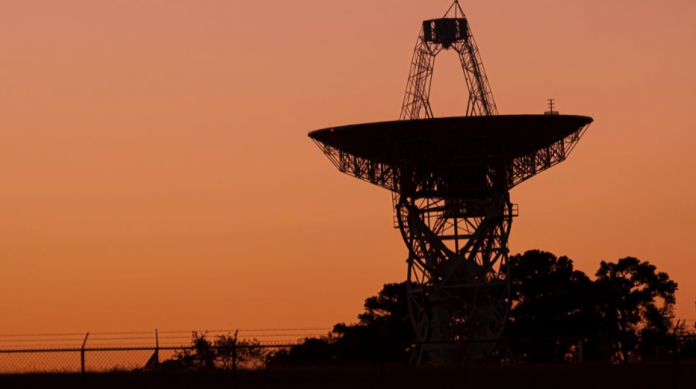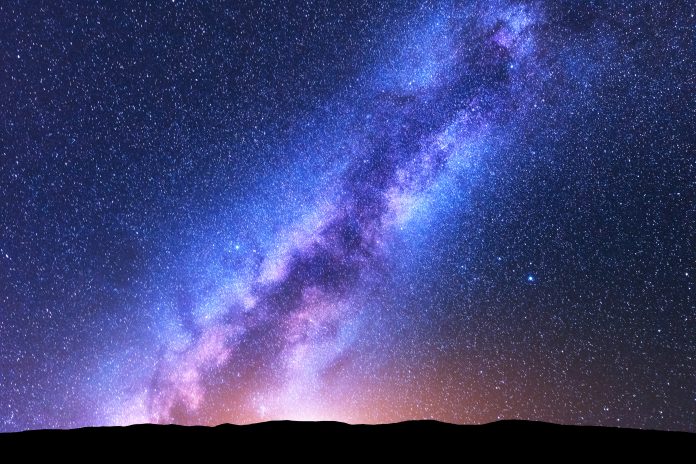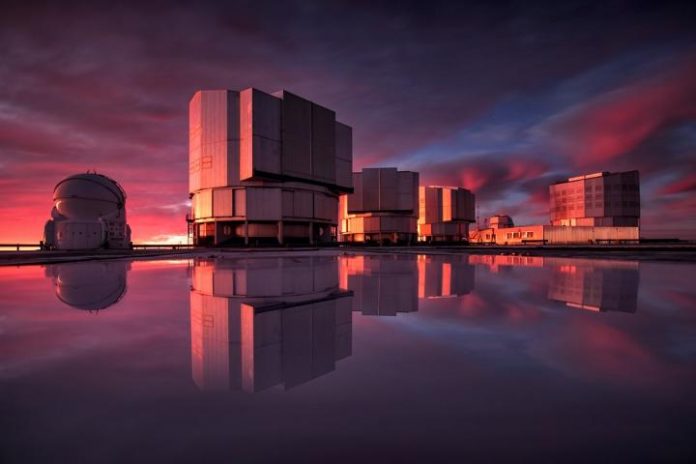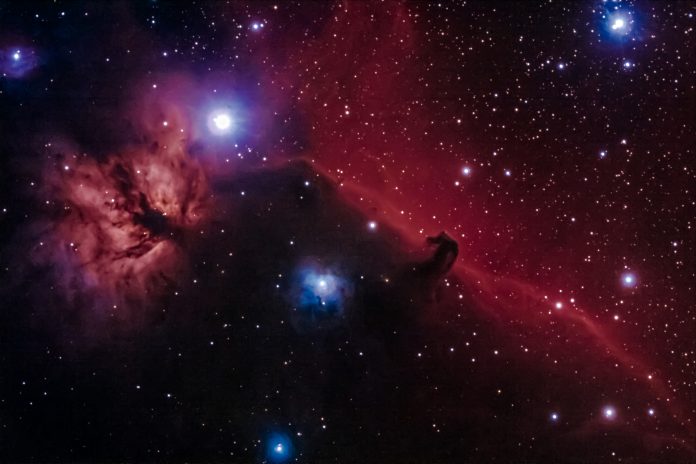Home Search
astronomy - search results
If you're not happy with the results, please do another search
North America Analysis January 2022
We welcome 2022 with our January volume of North America Analysis - we hear from the Animal and Plant Health Inspection Service, U.S. Department of Agriculture, who explain how they hold the line on African swine fever in Puerto Rico.
STEM: Improving diversity, equity & inclusiveness
Dr David Morris, Director of the Etelman Observatory, discusses the importance of improving diversity, equity & inclusiveness, particularly in the STEM disciplines, including physics, astrophysics & astronomy.
Illuminating cosmological signposts with cosmic rays
Dr Thomas W. Jones, Professor at the University of Minnesota, walks us through his research concerning illuminating cosmological signposts with cosmic rays.
Sounds of the Universe: Inclusive experience for visually impaired astronomers
New project to allow blind or partially sighted individuals to ‘hear’ the universe is providing a more inclusive side to astronomy
This research is offering a way for visually impaired children in particular to get to touch with astronomy and maybe spark a lifetime interest in the topic.
What is the...
Radioactive isotopes from stars
Maria Lugaro and Marco Pignatari, Senior Researchers at the Research Centre for Astronomy and Earth Sciences examine radioactive isotopes from stars, from the archaeology of solar system material to modern supernovae
In August 2019, a significant amount of the radioactive isotope 60Fe was discovered in Antarctic snow (Koll et al....
The unseen story behind ALMA’s Invisible Universe
NAOJ Director General Saku Tsuneta shows us the unseen side of ALMA, the world’s largest radio telescope array.
Scientists witness white dwarf “switching on and off” for first time
For the first time, scientists have been able to witness a white dwarf "switching on and off" via a NASA satellite.
Fly me to the moon: Securing potential lunar water sites for research
Athena Coustenis, Niklas Hedman and Gerhard Kminek for the COSPAR Panel on Planetary Protection discuss updates in the Planetary Protection Policy to ensure sustainable scientific lunar exploration.
Giant Rydberg atoms: From scientific curiosity to quantum sensors
F Barry Dunning and Thomas C Killian from the Department of Physics & Astronomy at Rice University depict the benefits of research into the remarkable physical and chemical properties of Rydberg atoms.
Deciphering what is happening between clustered galaxies
Dr Thomas W. Jones, Professor of Physics and Astronomy at the University of Minnesota enlightens us as to why galaxy clusters hold vital clues about the history and nature of the universe.
Scientists reveal most-detailed image of Andromeda galaxy
This study, led by University of British Columbia physicist Sofia Fatigoni, is the first to capture such a clear image of the Andromeda galaxy.
Taught skills needed for the space sector
Mark Burchell, Emeritus Professor of Space Science, Centre for Astrophysics and Planetary Science, School of Physical Sciences, University of Kent, discusses the skills needed for the space sector and how HE is essential in contributing to this.
Could the expanding universe debate be solved?
Astrophysicists have argued for ten years about the speed of the universe expanding - now, a study by Wendy Freedman at the University of Chicago finds that the standard model could be close to the truth.
Scientists reveal that aliens may have seen Earth already
A team at Cornell University reveal that aliens, specifically located in 1,715 nearby star systems, could have already seen Earth by watching our planet cross the Sun.
Computer, information science & engineering research
Here, Open Access Government charts the U.S. National Science Foundation’s priorities for upholding its leadership in computer, information science & engineering research.
Scientists find new way to measure dark matter
Scientists reveal that billions of stars at the centre of the Milky Way are spinning more slowly - they believe it is being counterweighted by dark matter, slowing by 24% since it was created.
U.S. Astronomical Sciences: Ensuring scientific excellence for all
Open Access Government discusses how the U.S. NSF’s Division of Astronomical Sciences continues to break boundaries in research and discovery, yet remains conscious of its social and environmental impact
The National Science Foundations’ (NSF) Division of Astronomical Sciences (AST) continues to fulfil its mission of supporting forefront research in ground-based...
Subatomic Physics research in Manitoba: Connecting the Canadian Prairies to the World
Dr Wouter Deconinck of the Department of Physics and Astronomy at the University of Manitoba, explores the initiatives which are pushing for inclusion of indigenous communities in its scientific research.
Ground-based telescopes could now capture habitable planets
Scientists have developed a new system for mid-infrared exoplanet images, using ground-based telescopes to directly witness planets that are roughly three times the size of Earth.
Scientists investigate planetary nebulae using Hubble Space Telescope
Images from the Hubble Space Telescope are giving astronomers the chance to further investigate planetary nebulae - like the striking Jewel Bug Nebula (NGC 7027).


